It Is Crucial to Define an Automation Roadmap for Maritime Industries
It Is Crucial to Define an Automation Roadmap for Maritime Industries
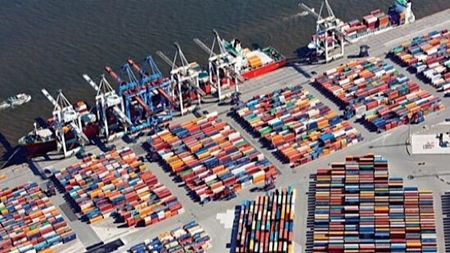
The first specialized meeting of working group of maritime industry automation was held in the presence of relevant organizations at the location of the national space and advanced transportation administration.
According to the public relations and information center of the Vice-Presidency for science and technology affairs, Mohammad Seyf, head of the working group of maritime technologies development, emphasized the necessity of moving toward the automation of maritime transportation, considering the goal of the meeting to be expressing points and abilities in various systems.
He added: on this path, the national space and advanced transportation administration will support events and projects related to the automation of maritime transportation with the help of other marine organizations.
Pointing out the necessity of defining an automation document in the field of maritime transportation based on global standards, he continued: in this regard, information and data on relevant devices and organizations must be collected to obtain a proper database.
Lack of Subsurface Communication a Major Obstacle to Automation
During the meeting, Mohammad Farhani, the representative of IRISL Group, regarded the lack of subsurface communication and a powerful bandwidth as one of the greatest obstacles to the automation of marine transportation industry, adding: we have negotiated with aerospace organization of the country to solve this issue but has yet to reach a definite opinion. We hope that the entrance of the Vice-Presidency to this field would resolve the issue.
Omid Yazdani, the representative of ports organization, considered the relationship between industry and university unsuitable, declaring: automation of transportation industry requires academic dissertations and articles. In other words, this industry needs research.
He continued: today, the ports organization has taken positive steps toward moving to automation using the existing capacities and potentials.



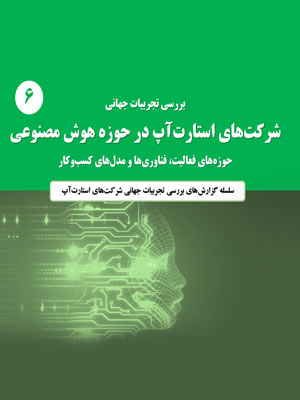



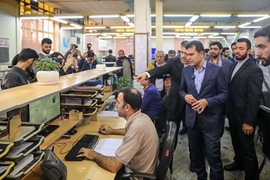
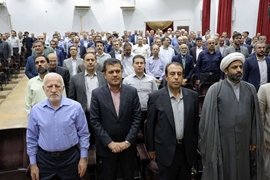
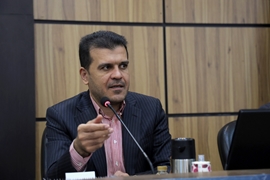
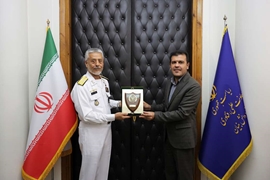




comment